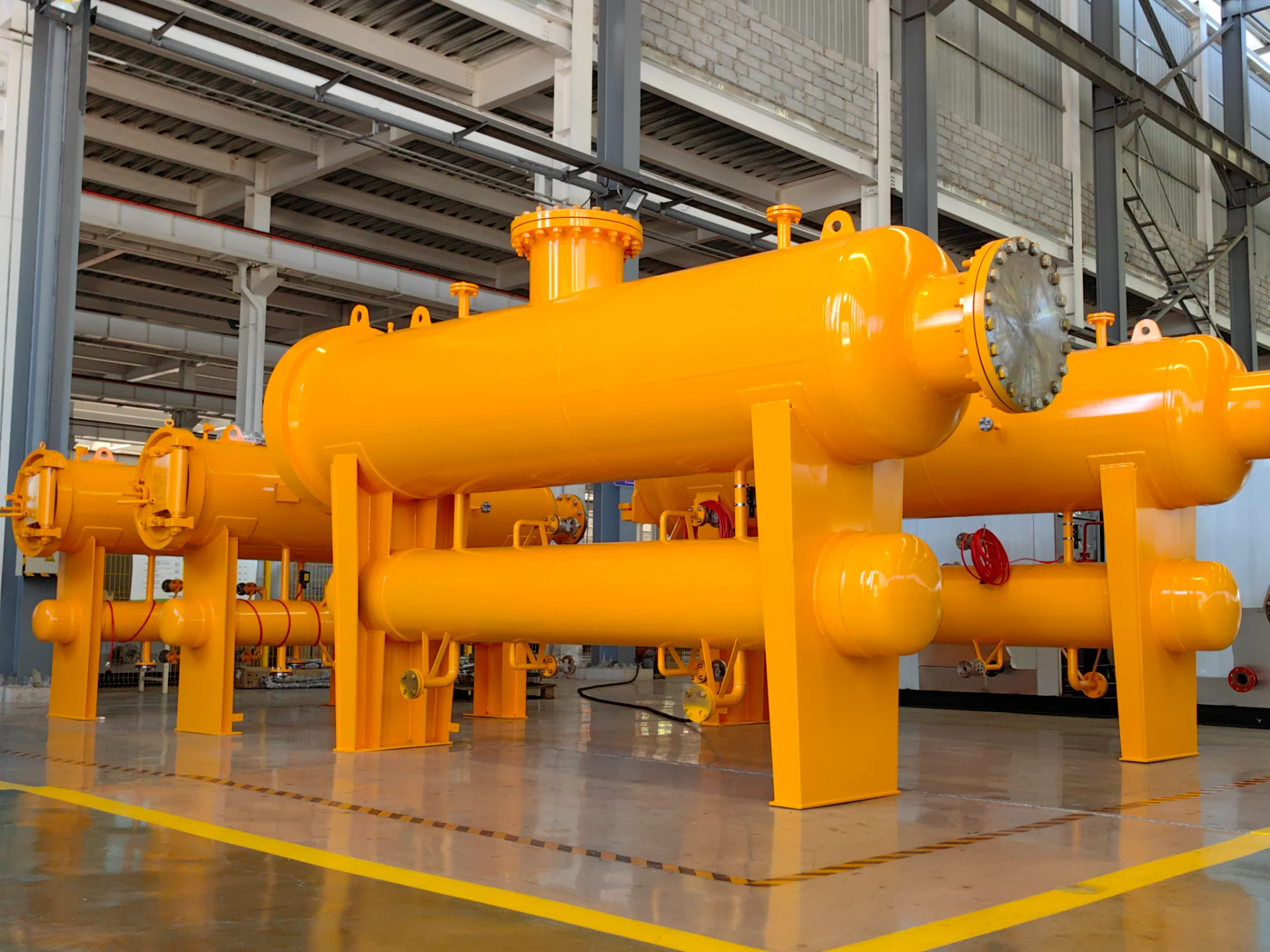
Nov . 13, 2024 10:32
Back to list
قياس الغاز
Measurement of Gases Understanding Properties and Applications
The measurement of gases plays a crucial role in various scientific fields, including chemistry, physics, environmental science, and engineering. Gases, unlike solids and liquids, exhibit unique properties that require specific techniques for accurate measurement. Understanding the principles and methods of gas measurement is essential for numerous applications, from industrial processes to environmental monitoring.
The Nature of Gases
Gases are characterized by their ability to fill any container they occupy, exhibiting neither fixed shape nor fixed volume. This behavior is primarily due to the large distance between gas molecules, which allows them to move freely and collide with each other and their container walls. The primary properties of gases that are commonly measured include pressure, volume, temperature, and number of moles, which collectively are defined by the ideal gas law PV = nRT. Here, P represents pressure, V is volume, n is the number of moles, R is the universal gas constant, and T is temperature.
Techniques for Measuring Gas Properties
1. Pressure Measurement The pressure of a gas is a measure of the force exerted by gas molecules as they collide with the walls of their container. Common devices for measuring gas pressure include barometers, manometers, and pressure gauges. Each of these tools allows for the precise measurement of pressure, enabling scientists to monitor and control gas behavior in various applications.
2. Volume Measurement The volume of a gas can be measured directly using a gas syringe or indirectly through a water displacement method. The volume of gas is crucial in stoichiometric calculations and understanding reaction yields in gas-phase reactions.
3. Temperature Measurement Temperature is another critical variable affecting gas behavior. Thermocouples, resistance temperature detectors (RTDs), and infrared thermometers are commonly employed to measure the temperature of gases accurately. Temperature impacts both the pressure and volume of gases, adhering to Gay-Lussac's law and Charles's law, respectively.
.
Applications of Gas Measurement
قياس الغاز

The measurement of gases finds applications across numerous sectors
- Industrial Processes In industries such as petrochemicals and pharmaceuticals, precise gas measurements are vital for optimizing reactions. Maintaining optimal pressure and temperature conditions ensures maximum yield and efficiency in production processes.
- Environmental Monitoring Measuring gases like carbon dioxide, methane, and nitrogen oxides is critical for assessing air quality and monitoring climate change. Instruments such as gas analyzers and ambient air quality monitors are employed to track these gases and their concentrations.
- Medical Applications In the medical field, the measurement of gases is essential for patient care. Devices such as capnometers measure the concentration of carbon dioxide in exhaled air, providing vital information about respiratory function and metabolic status.
- Research and Development Scientists utilize gas measurement techniques in laboratories to study gas behavior, reaction kinetics, and physical properties. Detailed knowledge of gas measurements aids in developing new materials, pharmaceuticals, and energy solutions.
Challenges in Gas Measurement
Despite advancements in measurement technologies, challenges still exist. Gas mixtures can complicate measurements, as the presence of multiple components may affect pressure, temperature, and volume readings. Additionally, ensuring the calibration and accuracy of measurement instruments is critical to obtaining reliable data.
Conclusion
The measurement of gases is a fundamental aspect of science and technology, impacting various domains from industrial applications to environmental protection. As technology advances, the methods and accuracy of gas measurement will continue to improve, enabling better research, production processes, and environmental monitoring. Understanding and mastering the measurement of gases is vital for scientific progress and innovation, showcasing the importance of these invisible but crucial components of our atmosphere and technology.
Next:
Latest news
-
Safety Valve Spring-Loaded Design Overpressure ProtectionNewsJul.25,2025
-
Precision Voltage Regulator AC5 Accuracy Grade PerformanceNewsJul.25,2025
-
Natural Gas Pressure Regulating Skid Industrial Pipeline ApplicationsNewsJul.25,2025
-
Natural Gas Filter Stainless Steel Mesh Element DesignNewsJul.25,2025
-
Gas Pressure Regulator Valve Direct-Acting Spring-Loaded DesignNewsJul.25,2025
-
Decompression Equipment Multi-Stage Heat Exchange System DesignNewsJul.25,2025

